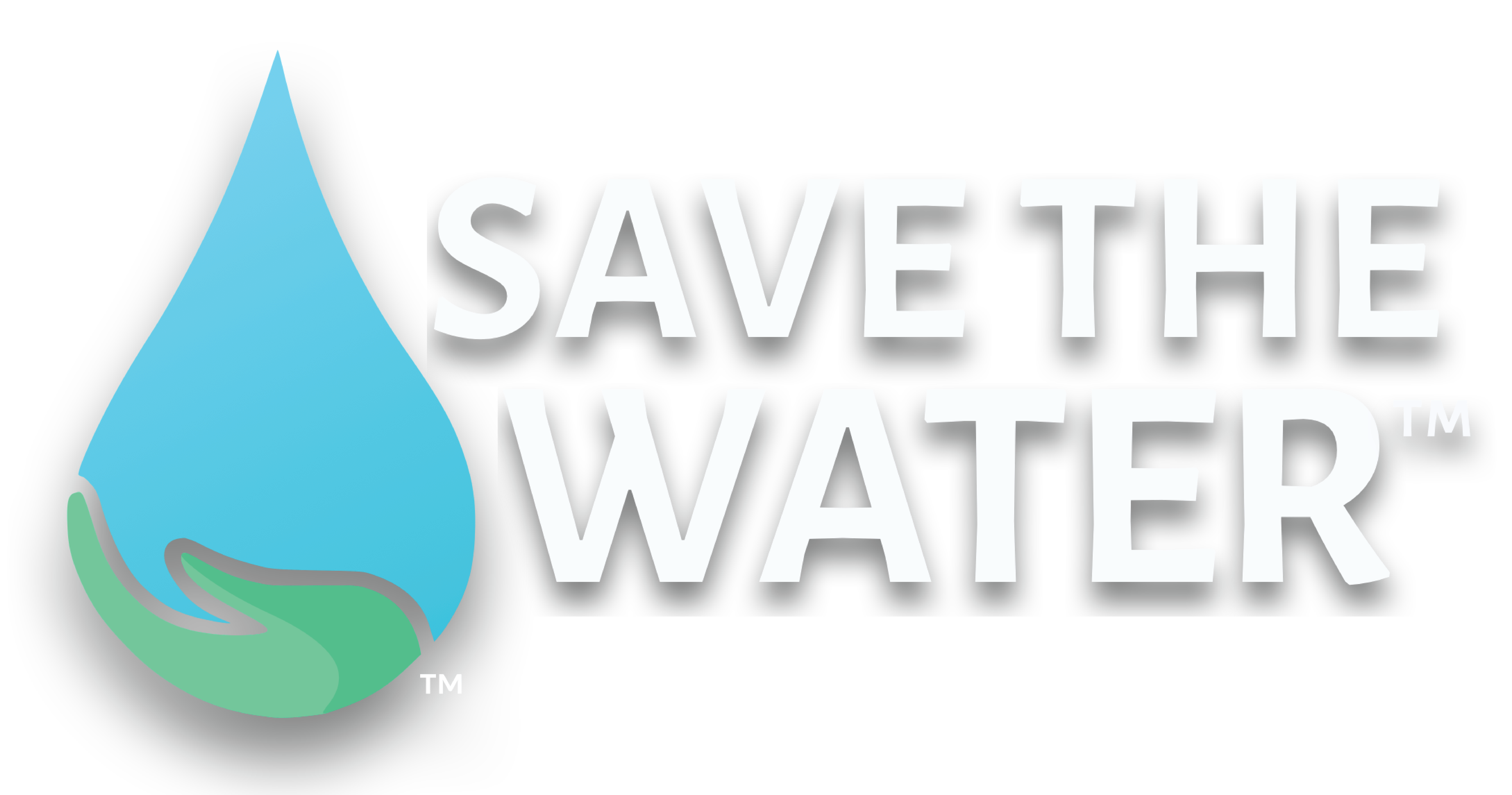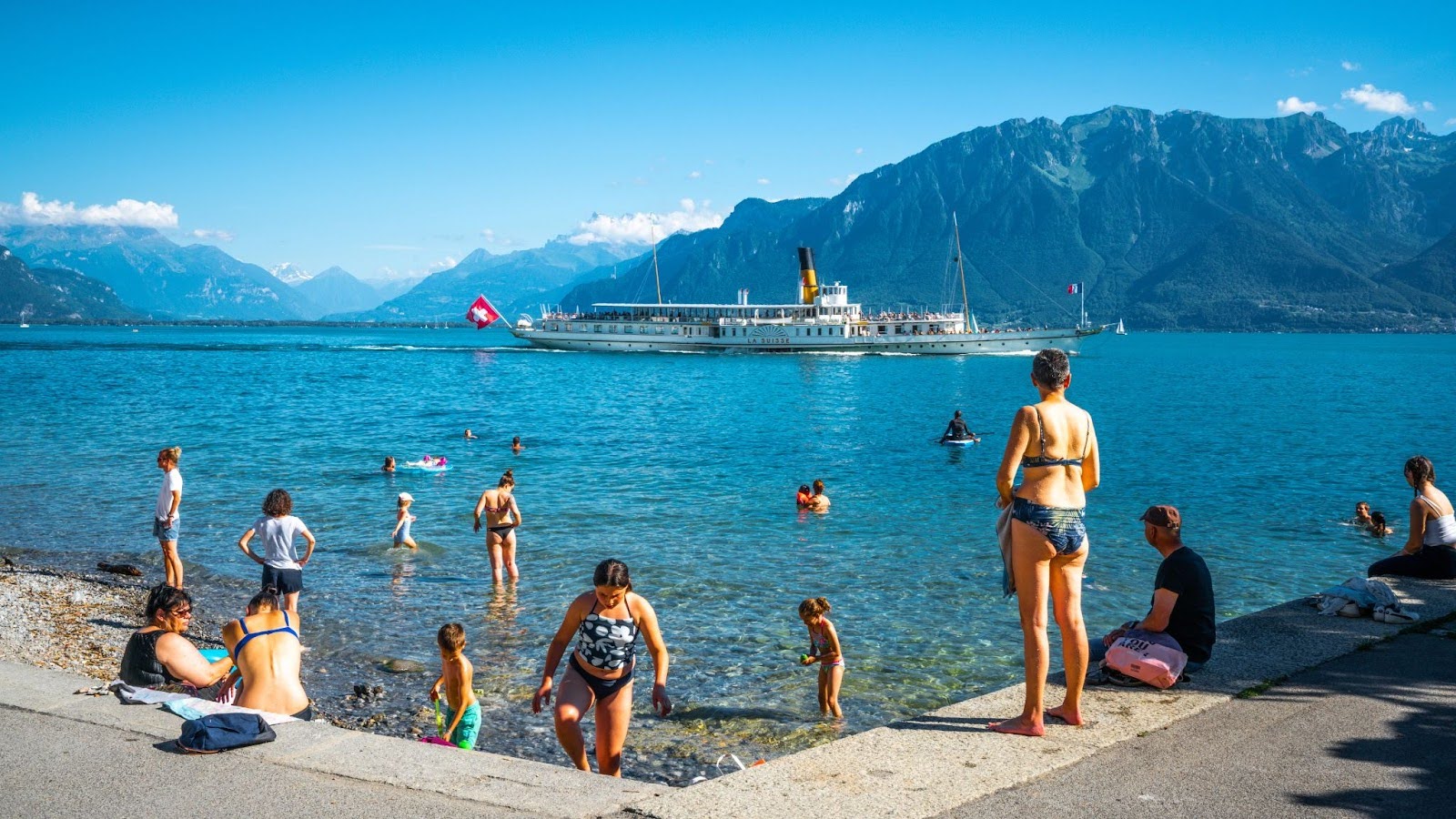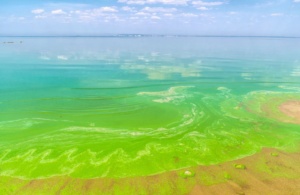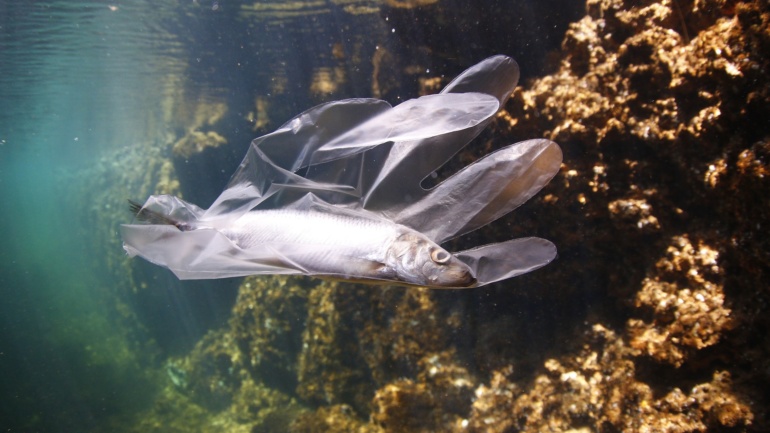By Alicia Buenaventura, Publishing Associate: Researcher and Writer at Save the Water™ | April 16, 2025
Edited by Joshua Awolaye, Publishing Associate: Editor at Save the Water™
Globally, the lakes, streams, and rivers that weave around our cities and coastal communities create many life opportunities. They supply drinking water, diverse marine ecosystems, and fishing economies. This article will focus on public swimming holes. Historically, swimming holes provided an accessible space where people could bathe and cool off in hot climates. Moreover, they were also places to clean clothes or socialize. Near cities with rampant dumping and pollution, these spaces are growing increasingly rare and hazardous.
From cities to farmlands, human activities like agricultural runoff and waste dumping significantly impact the health of public water bodies. These pollutants threaten the water quality, affecting recreational use, drinking water, marine ecosystems, and local economies.
This article explores the history and current health changes of three public water bodies worldwide: Lake Geneva in Switzerland, the Seine River in France, and Lake Erie in the United States and Canada.
How Public Swimming Holes Get Polluted
Switzerland used to have some of the dirtiest water in Europe. Raw sewage and industrial wastewater flowed directly into its water bodies, including Lake Geneva. Only 14% of the population was connected to a wastewater treatment plant. As a result, this left people with little to no options in wastewater management. Swimming was banned until the 1970s, but the water was uninviting anyway. Moreover, the water smelled of waste and was visually covered in algae blooms, scum, and dead fish.
For the Seine, wastewater is the culprit. Being an old city, Paris has combined wastewater and stormwater pipes. This means that heavy rains can overload this system and release everything from the pipes, including untreated wastewater, directly into the Seine. Until recently, this would happen about 12 times a year. When it happens, all kinds of bacteria, human waste, and parasites end up directly in the river. Swimming has been banned since wastewater started flowing into the Seine in 1923.
Lake Erie, bordering Ohio, USA, and Ontario, Canada, was once a vibrant, carefree swimming spot during the warmer months. However, many farmlands border the lake, meaning toxic runoff from farming seeps into the water. Further, phosphates from household sources like sewage and detergents also enter the lake through wastewater systems. These phosphates often remain in the water even after filtration.
The main concern with phosphorus contamination is that phosphorus is the primary driver fueling massive algae blooms in these swimming holes. These algae blooms:
- Often float on the water’s surface, turning it green.
- In other cases, settle at the bottom of the lake, not visible but posing the same health risks.
- Can produce toxins that cause potentially life-threatening illnesses in both humans and animals.
- Are especially deadly to pets – according to the CDC, about 92% of dogs ingesting these algae do not survive.
Catalysts for Change in Water Quality
The catalyst for Switzerland’s change was a typhoid outbreak in 1963 that killed three people. After this tragedy, cleaning up the water became an emergency. In the last five years, Switzerland has built several wastewater treatment plants and updated its systems significantly to safeguard water quality. 98% of the population is now connected to a wastewater treatment plant in 2025, up from 14% in 1965.
When Paris hosted the Olympics in 2024, the city was motivated to clean the Seine so athletes could swim in it. Paris invested in a €1.4 billion storage basin to collect stormwater. This system collects heavy rain, preventing the pipes from overflowing waste into the river. This is combined with updated wastewater treatment plants that remove pollutants. This water has a significantly lower presence of E. coli, the primary indicator of water safety for swimming. Thus, the athletes were able to swim in the river, paving the way for public recreational swimming.
Lastly, Lake Erie’s harmful algae blooms are an ongoing crisis that has drastically impact the Ohio population. In 2014, a severe bloom led to a three-day shutdown of Toledo water, affecting around half a million residents. To combat these catastrophic blooms, phosphates were banned in household detergents. However, increased agricultural runoff continues to be a major source of phosphorus. This means that the algae blooms still return each summer, prompting a need for changes to farming practices and wastewater management.
Is the Current Situation Any Better?
Today, swimming is a vibrant, integral part of daily life in Switzerland. Nearly all its 196 bathing areas and swimming holes meet high water quality standards, with only five rated poor. The city pays for it, too, spending about €174 per person on wastewater treatment. Its thriving swimming culture includes swimming clubs and a local tradition of taking breaks from work to dip in Lake Geneva. These clubs offer social spaces for people to build community, improving public and mental health.
The cleanup efforts for the Seine were launched only last year and aim to have the water open for recreational swimming by summer 2025. A targeted section was cleaned for the Olympics, and Paris aims to clean three more sections for public swimming. With six cleanup factories, eight storage basins, four reservoir tunnels, and 26 floating weirs to catch trash, Parisians feel optimistic about the summer 2025 goal. Furthermore, the marine ecosystem is thriving again in this long-abandoned river. Scientists uncovered the DNA of 23 types of mussels and 36 species of fish. This indicates that the water quality is improving.
Lastly, Lake Erie still faces ongoing challenges with water quality. People swim in Lake Erie in the early summer, but they must be mindful of the inevitable swimming bans that come as the algae blooms. The toxic algae blooms are appearing earlier, with the earliest recorded in June 2024. Nearby communities have aimed to reduce phosphorus entering the lake by 40% by 2025. The future of the lake will depend on science, technology, and engineering to better predict blooms and prevent their takeover.




